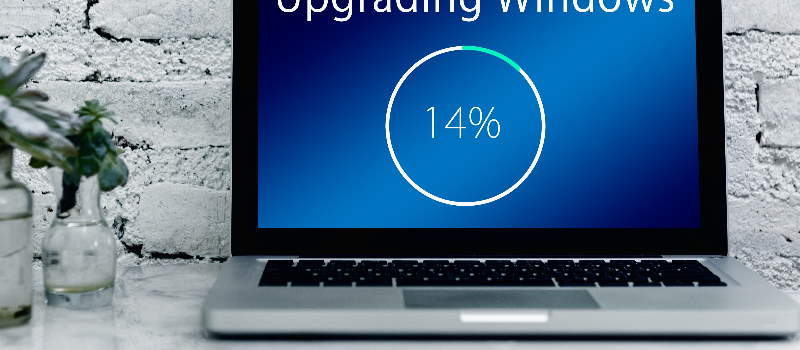Your computer’s BIOS (Basic Input/Output System) is the first software your PC loads. It sets the stage for your operating system, so to speak, by finding all your PC’s various hardware components and letting the operating system know it can use them.
As with any software, your computer or motherboard manufacturer periodically updates the BIOS to fix bugs, add compatibility with new devices, improve caching functions, and make several other hardware tweaks that can speed up your boot time and fix annoying issues. These updates are available at the manufacturer’s site. But if you make a mistake in the update process, you risk rendering your PC unbootable. Here’s how to make sure your BIOS update goes without a hitch.
Occasionally, a computer will need to have its BIOS updated. This is especially true of older machines. As new devices and standards arise, the BIOS needs to change in order to understand the new hardware. Since the BIOS is stored in some form of ROM, changing it is a bit harder than upgrading most other types of software.
To change the BIOS itself
you’ll probably need a special program from the computer or BIOS manufacturer. Look at the BIOS revision and date information displayed on system startup or check with your computer manufacturer to find out what type of BIOS you have. Then go to the BIOS manufacturer’s Web site to see if an upgrade is available. Download the upgrade and the utility program needed to install it. Sometimes the utility and update are combined in a single file to download. Copy the program, along with the BIOS update, onto a floppy disk. Restart your computer with the floppy disk in the drive, and the program erases the old BIOS and writes the new one. You can find a BIOS Wizard that will check your BIOS at BIOS Upgrades.
Major BIOS manufacturers include:
As with changes to the CMOS Setup, be careful when upgrading your BIOS. Make sure you are upgrading to a version that is compatible with your computer system. Otherwise, you could corrupt the BIOS, which means you won’t be able to boot your computer. If in doubt, check with your computer manufacturer to be sure you need to upgrade.

Paul Sullivan is the leading writer for articles on our website. He has over 10 years of experience as a technology reviewer, especially on laptops and computers.
With his long experience, we believe that he will bring you accurate and valuable knowledge and assessment.


